This past season’s team was much different than what the Pittsburgh Penguins iced at the bubble for the 2019-20 playoffs. Former general manager Jim Rutherford shook up the roster mightily, and Ron Hextall brought in a pair of stealthy acquisitions as well. I decided to review the new players’ seasons and grade their performances. These grades will be based on my expectations to the player prior to playing in Pittsburgh and the on-ice results.
Jeff Carter – A+
Fans’ perceptions of Carter went from expecting a good third-line centre to admitting he was one of the best players on the team within two months. He was so impressive, and if he keeps this play into next season, he will be the best bottom-six centre the team has had since Nick Bonino during the back-to-back playoff runs.
Since being acquired at the trade deadline, Carter had nine goals and 11 points through 14 games played, having the most goals in the regular season out of anybody else that was moved at the deadline, and he didn’t stop there. In the postseason, despite playing a trap-system team like the New York Islanders, he managed to score four goals and finish with five points in the six-game series. The reason he finds so much success in this system is due to the high-paced, speedy hockey that the Penguins play, as opposed to what he was forced into with the Los Angeles Kings.
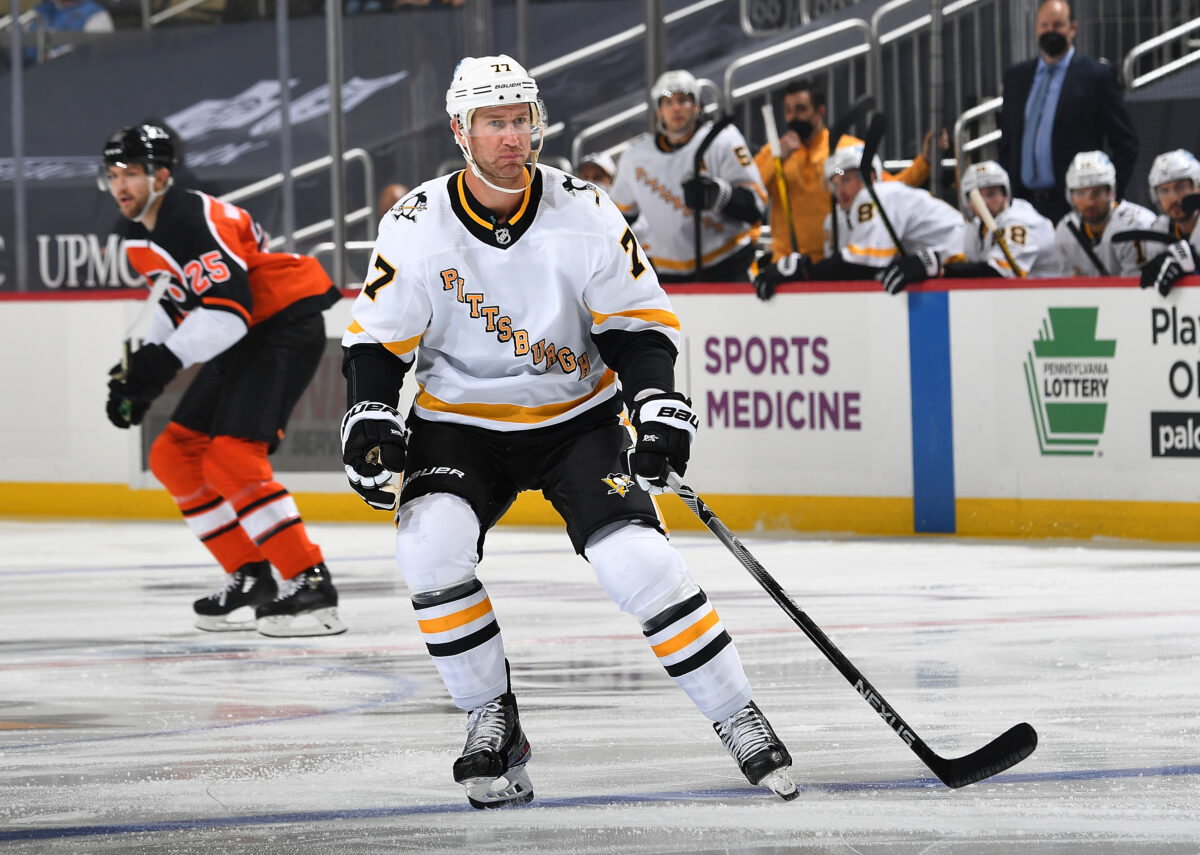
It also helps that Carter managed to find chemistry with Jared McCann, and I will be disappointed if the pair are not together next season. Their games just complement each other so well — even if they don’t keep up this pace, they will still dominate the opposing teams’ third lines.
Kasperi Kapanen – B+
The Kapanen trade in the offseason received a ton of outrage from the Penguins fan base, as the team gave up the 15th-overall pick in the 2020 NHL Entry Draft, which ended up being Rodion Amirov, and Fillip Hallander, who was a highly touted prospect in the pipeline in Pittsburgh. He was brought in to play on Sidney Crosby’s wing, but ended up finding his way with Evgeni Malkin, and found some pretty good chemistry.
Kapanen’s problem is that while he is obviously a very skilled winger, he has some consistency issues and can go through cold droughts, and when he isn’t producing offense, he isn’t a very valuable defensive piece. However, when he’s hot, he is insanely hot. He has the ability to catch fire and go on insane streaks, as seen with Malkin prior to the pair’s injuries. His speed gives him the opportunity to blow past defenders, and he was a very valuable piece to our offense at times, which wasn’t expected from most fans, who had him locked as a bottom-six forward in the lineup.
Kapanen ranked sixth on the team in expected goals above replacement (xGAR) with a 5.50, proving how valuable he was to the lineup. Almost all of his value came from his even-strength offensive xGAR (xEVO_GAR), which was 5.90, as he was negative in his defensive category, with a minus-1.00. However, nobody expected him to be a Selke Trophy candidate, anyways. His offensive rating ranked fourth on the entire team, and without him, who knows how well Malkin would have performed?
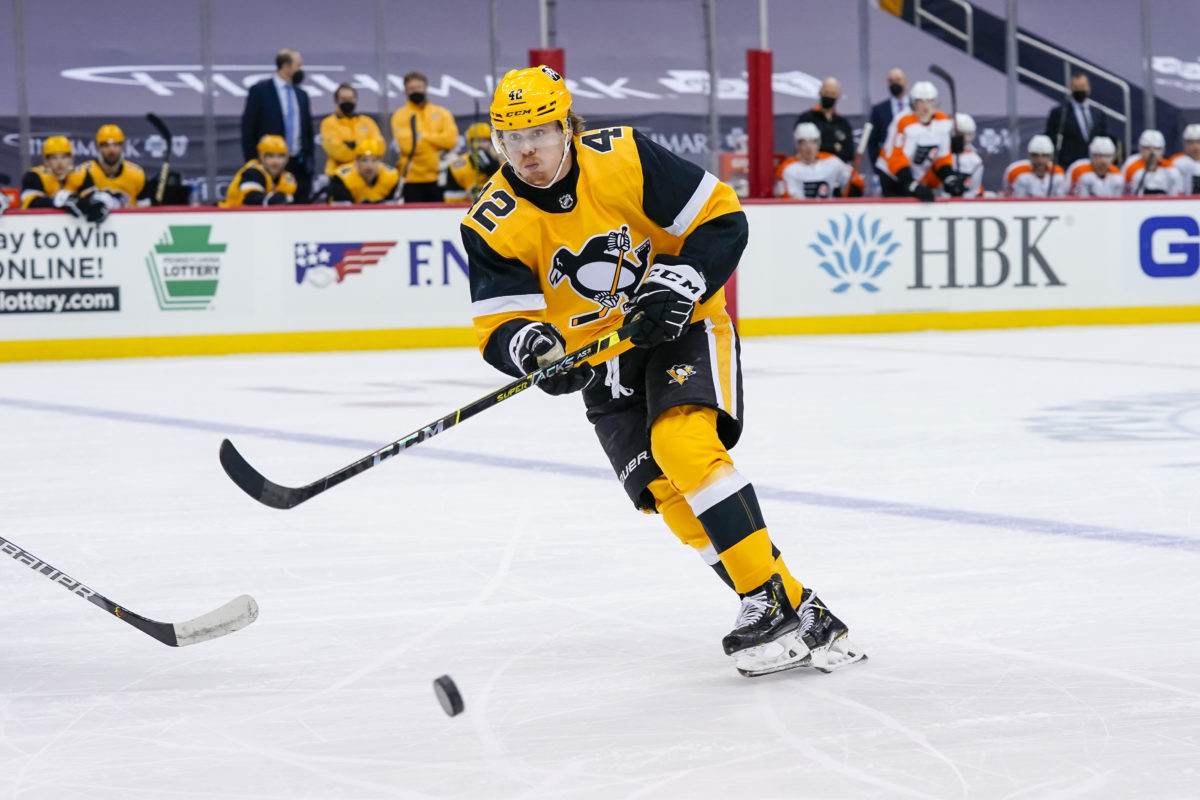
I expect Kapanen to be a crucial part of the team next season as well, and it will be interesting to see who plays on his wing with Malkin. With the right fit, that line has the potential to do some damage.
Mike Matheson – B+
Matheson is basically what I expected him to be when he got traded to the Penguins. He is an explosive skater with offensive instincts who can struggle in his own zone at times. It is obvious the talent is there, and he is one of the better skaters I have seen on the team’s blue line in quite some time, so I was impressed with that.
His grade might have been an A-, but he was underwhelming in the postseason, which brought him down a little bit for me. I liked his leadership, however, as he was an unexpected vocal guy during the team’s struggles against the Islanders, which is a valuable piece for any player to have.
One interesting stat for me is that Matheson was fifth on the entire team in xEVO_GAR, with a 5.10. This puts him ahead of players like McCann, Bryan Rust, and Kris Letang offensively. League-wide, he was superior to the likes of Victor Hedman, Aaron Ekblad, and Ivan Provorov. Now remember, I’m not saying this makes him a better player, it is just extremely impressive that he can drive offense at that rate. This just shows to me that he can be a huge piece to the team for a big chunk of his contract, and that being tied to him long term is not the worst thing in the world.
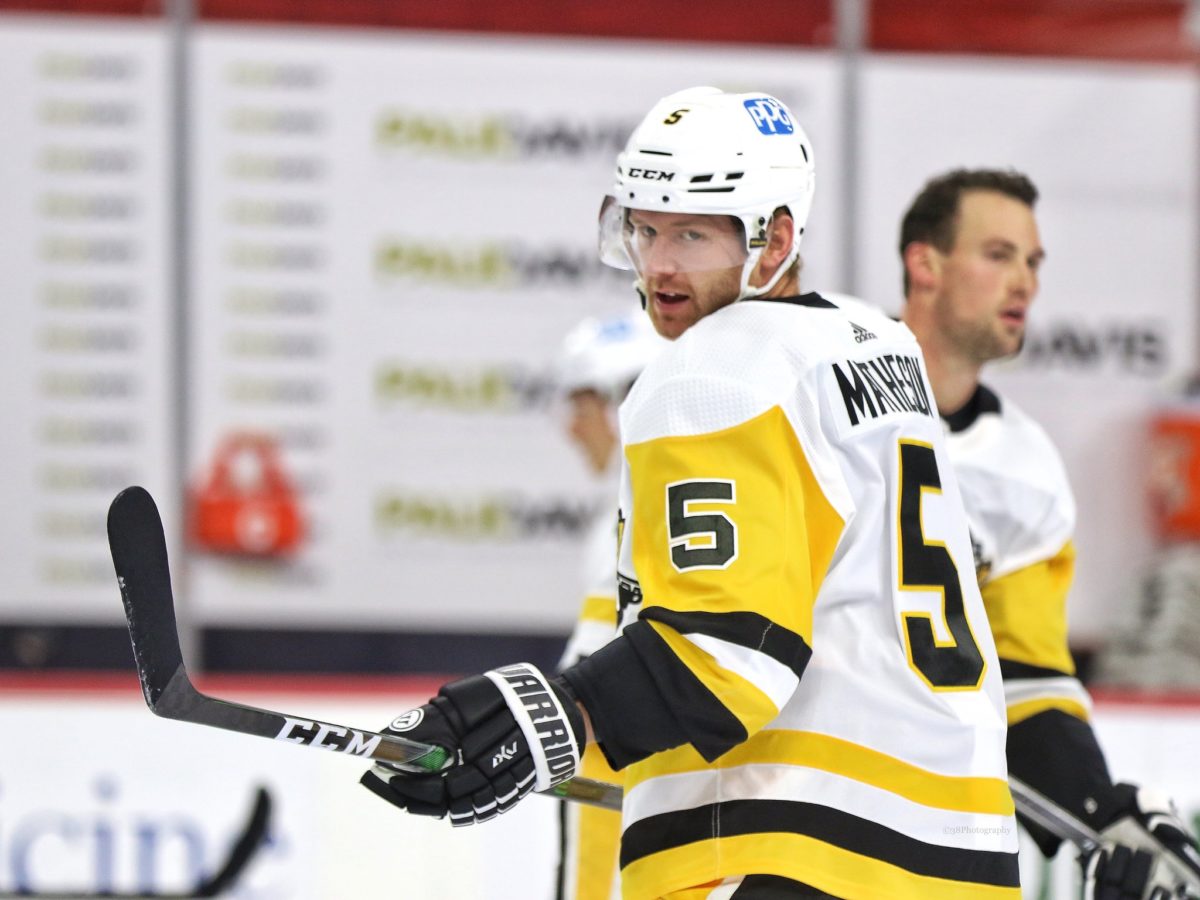
I hope for next season, Matheson can fine-tune his defensive game, because if he can tap into that, he is going to be a very, very good player.
Cody Ceci – B+
Ceci had a chip on his shoulder going into this season. He was hated on by fans in Ottawa and Toronto during his tenures there, and when he signed with the Penguins last offseason, all you saw on social media was people saying how terrible of a move it was. However, he proved them wrong and completely rejuvenated his game in Pittsburgh.
Ceci, while not as good as Matheson, was still a great addition to the top-four. He rediscovered his offensive talents, with a 1.60 xEVO_GAR along with four goals and 17 points through 53 games played. He also did not seem like as big of a liability as he was on his other teams previous to this season. He has matured into a poised defender and could very well have earned himself a 2-3 year contract, either in Pittsburgh or somewhere else.
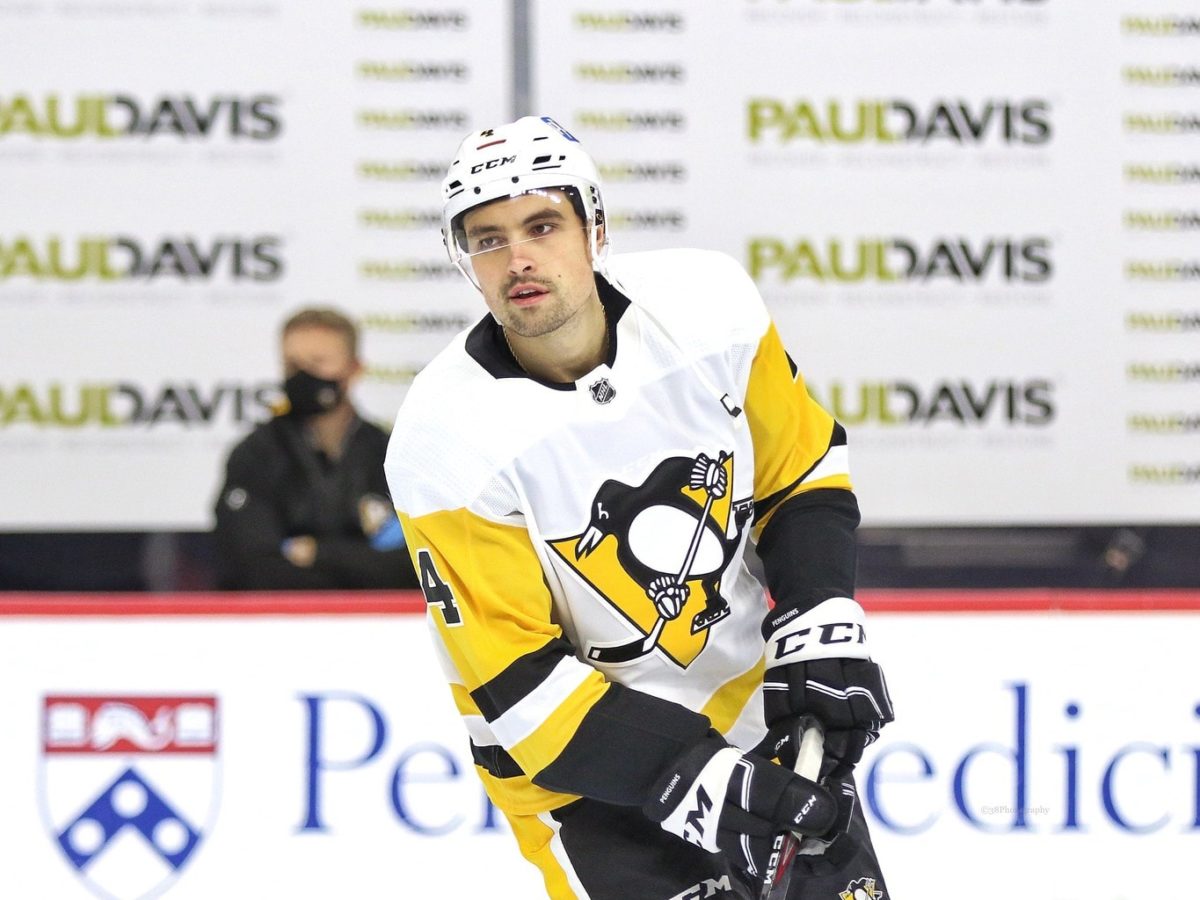
Like Matheson, however, his play unfortunately declined during the postseason, as that pairing was just simply not great against the Islanders. It is a learning experience, and if we see this pairing back together next season, I would expect them to be a great duo once again, but that playoff performance is what brings both players’ overall grades down.
Frederick Gaudreau – B+
Gaudreau had probably the biggest breakout season out of any Penguins player. He was an AHL player to start the season, worked his way up to the taxi squad and made the NHL as a regular, with two goals and 10 points through 19 games played.
Gaudreau found himself a home on a line with McCann and Carter by the end of the season. He was a good defensive player with 14 takeaways and a modest 0.40 xEVD_GAR. He was also good at faceoffs, with a career high 53.7 percent, back when he centered the fourth line. He is one of the more skilled bottom-six players that this team has had in a decade.
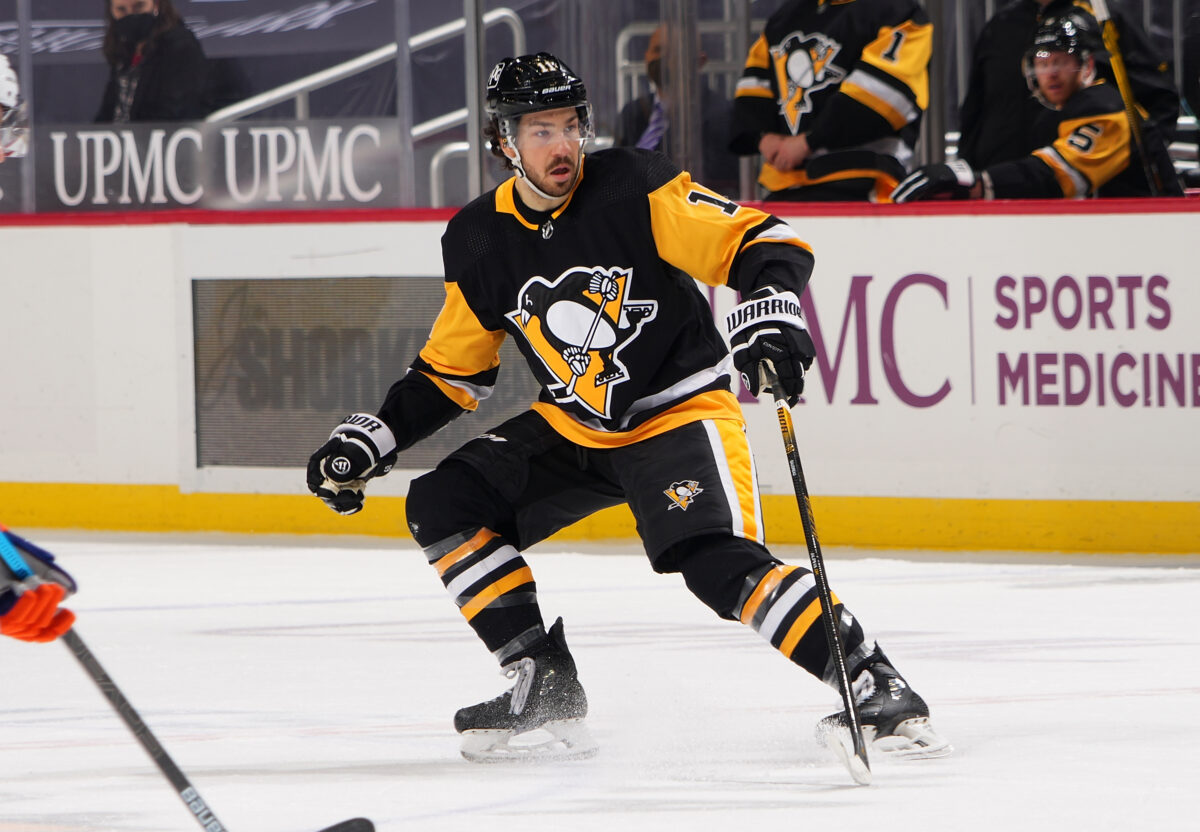
You would have to think Gaudreau is a lock to be back next season. The way he fit so well on the third line, his skill, his speed, everything about him just fits the Penguins’ style of hockey. You cannot afford to lose a piece like him and be forced to replace him with somebody of lesser skill.
Mark Friedman – B
The claiming of Friedman from waivers was something you would be confused of if you didn’t know that general manager Hextall drafted him back with the Philadelphia Flyers in 2014. He saw the potential for him in Pittsburgh, and honestly, while he only played five games, it was fun to watch him play in all of them.
Friedman brings grit and high energy and is not being overly large, which allows him to be a free skating, speedy defenseman as well. We saw exactly what he brings to the table against his former team, the Flyers. He got under their skin, made them make mistakes, and made them pay in suspensions (Shayne Gostisbehere) and goals. A player comparable for me would be a more physical Matt Grzelcyk.
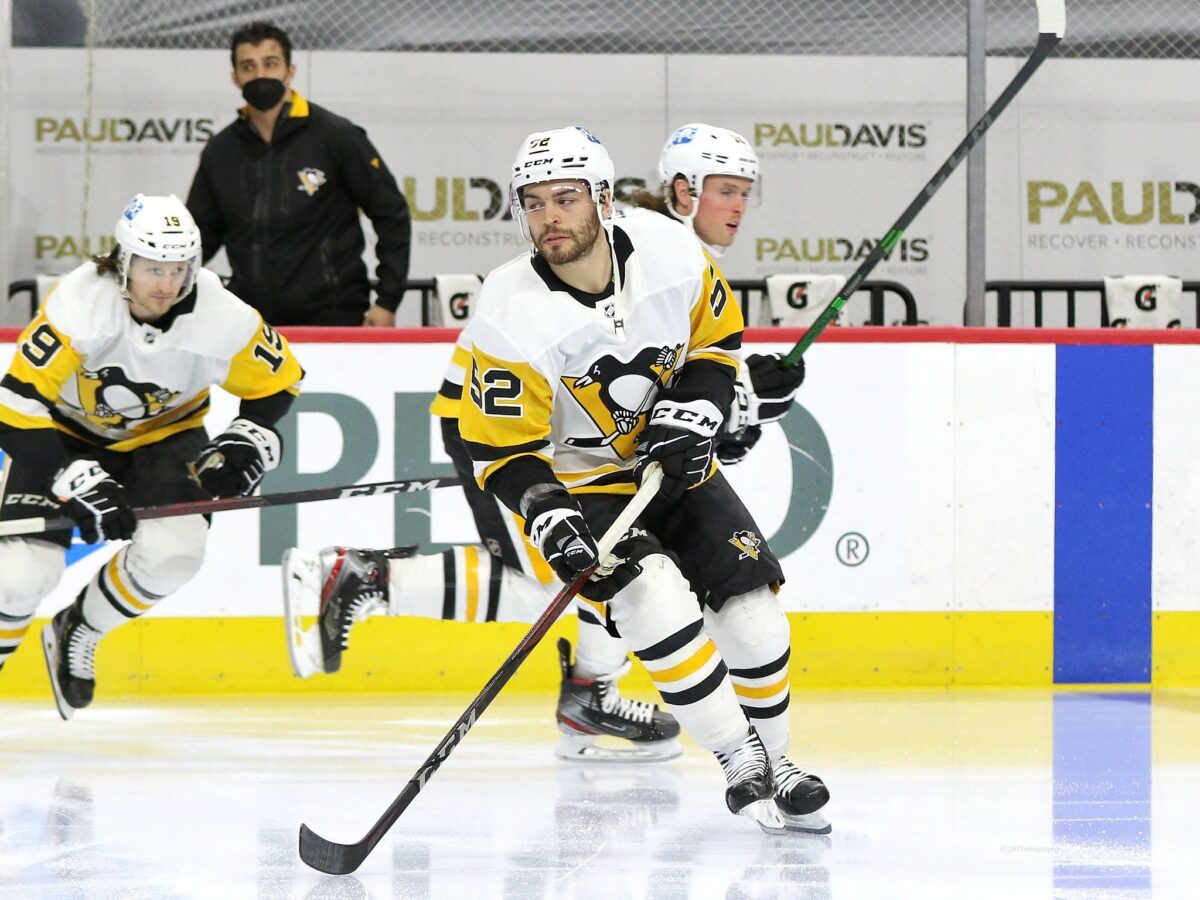
Friedman had two goals and three points along with a 1.80 xGAR. He was making his way into the lineup as a potential regular until a dirty play from Nolan Patrick took him out for a while. Nonetheless, he will be a solid piece to the team next season, as he is on a cheap contract for another year, and you can bet he’ll be a valuable piece in those physical rivalry matchups.
Radim Zohorna – C+
Zohorna was just a solid player. He had a couple of breakout offensive games, but other than that, he was not a game changer by any means. His skating is surprisingly good for a guy of his size, standing at 6-foot-6, 220 pounds.
Latest Penguins Content:
- 10 Greatest Pittsburgh Penguins in Franchise History
- Red Wings Defeat Penguins 4-2 on New Year’s Eve
- Penguins’ Rakell & Rust Motivated Since 4 Nations Face-Off Roster Snubs
- Projected Lineups for the Penguins vs Red Wings – 12/31/24
- Penguins Must Continue To Improve in 2025
Zohorna had two goals and four points through eight games this season, to go with a 0.50 xGAR. I am not sure if we will see him in the lineup next season with the taxi squad gone and Samuel Poulin adding to his competition, but he is a solid depth option for the AHL.
Colton Sceviour – C
For Sceviour, it wasn’t so much that he was bad, more so that he just didn’t make an impact. You didn’t notice him when he stepped on the ice, he didn’t thrive significantly in one single thing, he was just a regular depth player.
Sceviour had five goals and 10 points in 46 games played. He was a power-forward-type player, crashed the net often, and used his large frame to force his way to the crease. He didn’t really thrive off of skill or speed.
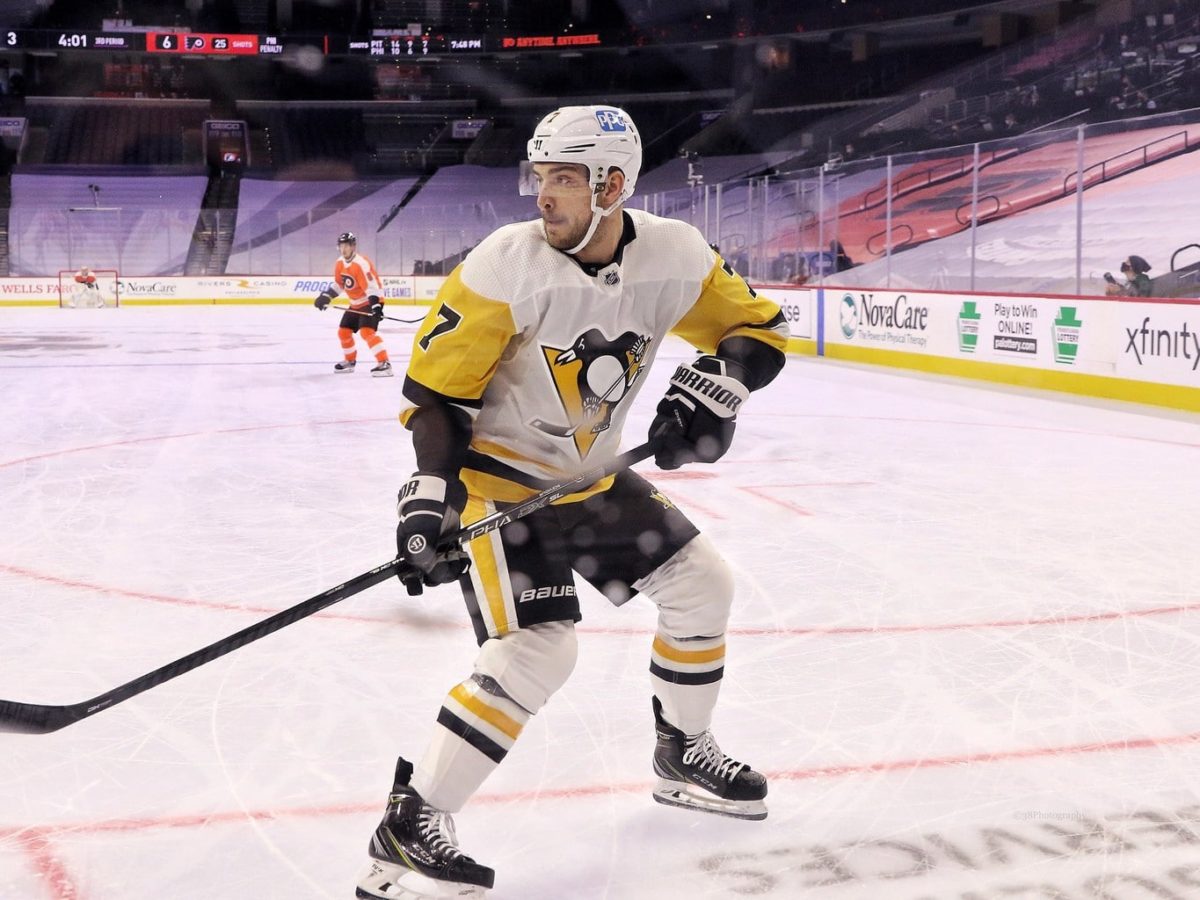
I don’t expect Sceviour to be back next season in Pittsburgh.
Mark Jankowski – D
It is really disappointing how much Jankowski fell off after his first two games of the season. He started off with speed and energy, scored the very first goal of the season, and was projecting to be the team’s third- or fourth-line centre for the year. He finished with four goals and 11 points in 45 games played, and honestly, apart from those first two games, I can’t even remember him out there. He had a minus-1.3 xGAR, and an abysmal minus-2.8 EVO_xGAR, the worst offensive rating on the entire team. Like Sceviour, I don’t expect him back.
Additions Made Big Impact
Although Rutherford’s moves were heavily criticized during the offseason, it’s proven that they were actually for the better. As for Hextall, the two moves he made turned out to make the team better. Both general managers managed to improve the team throughout the season.